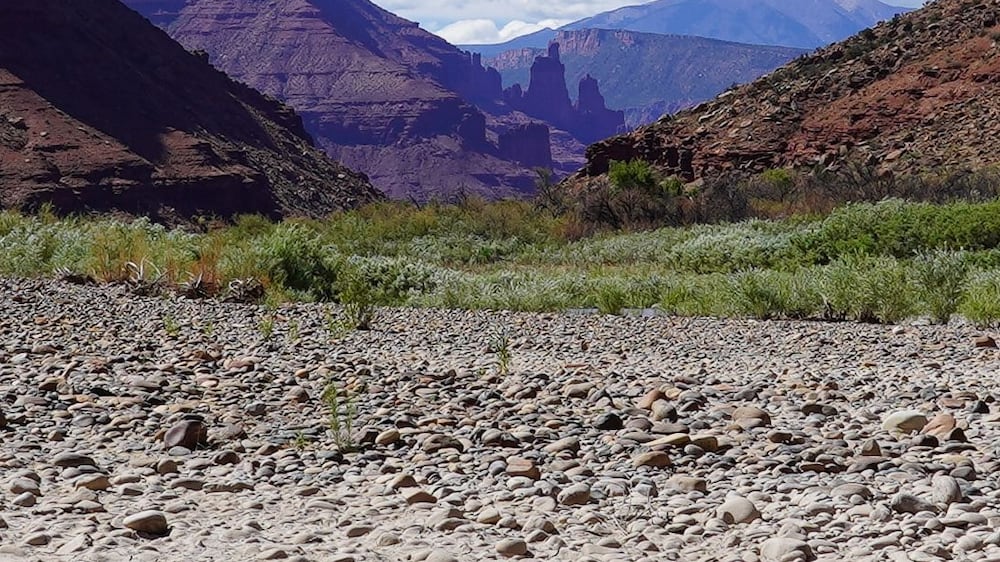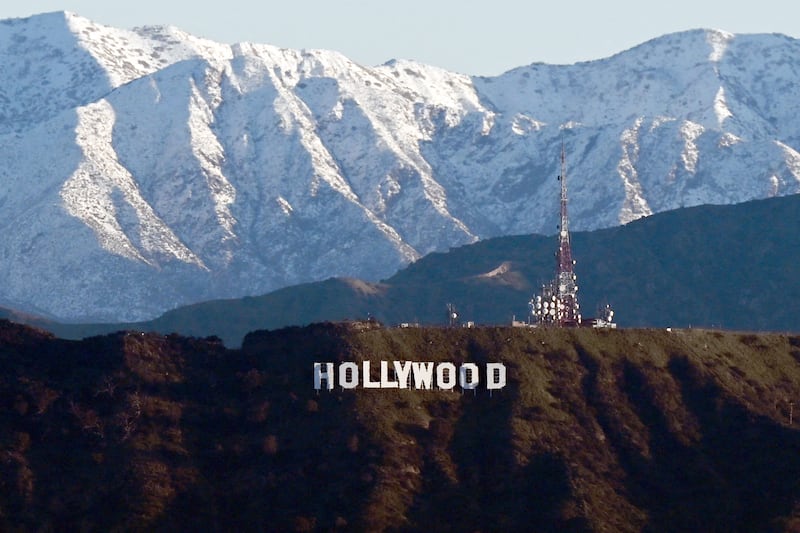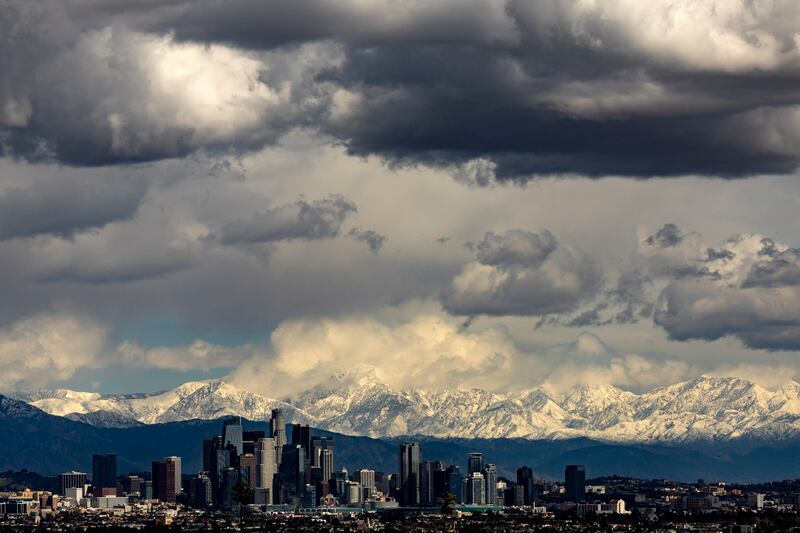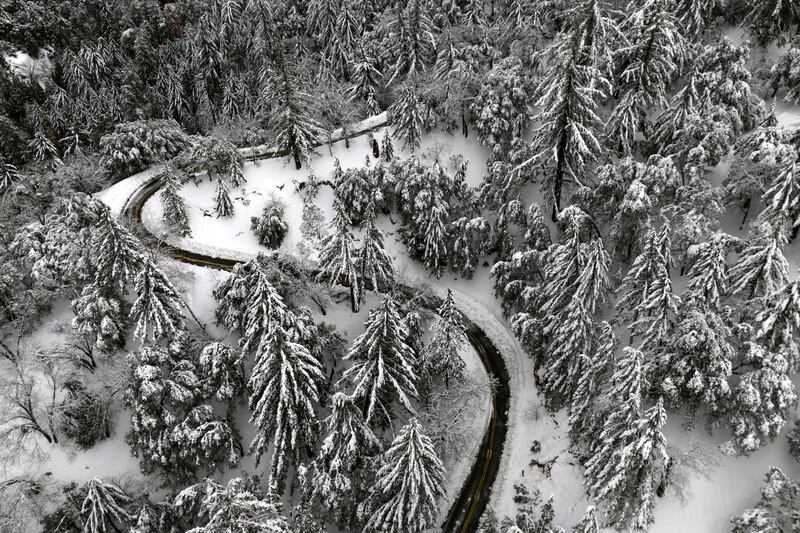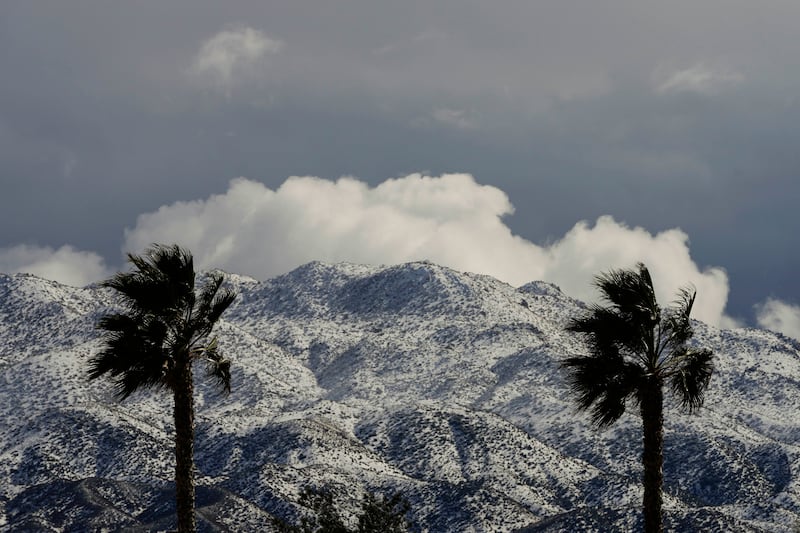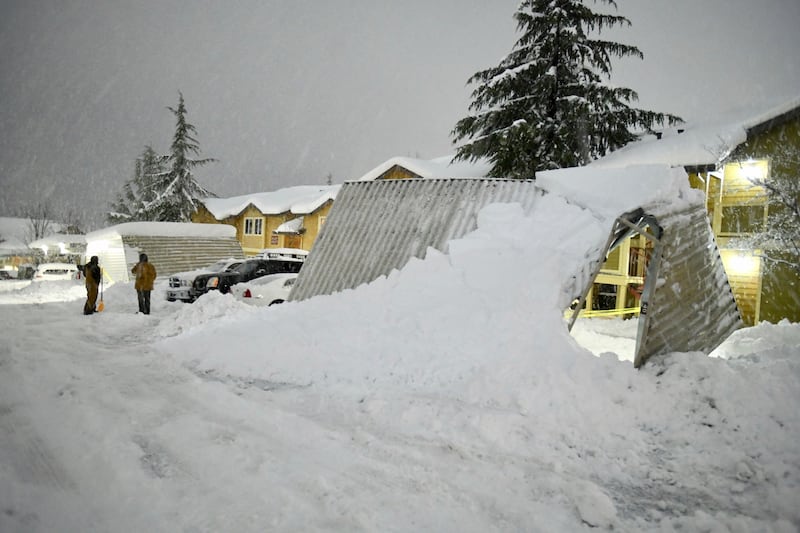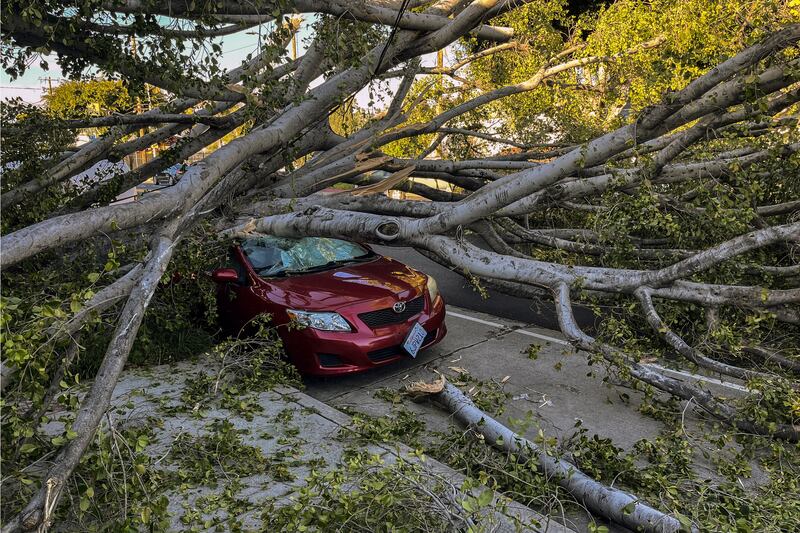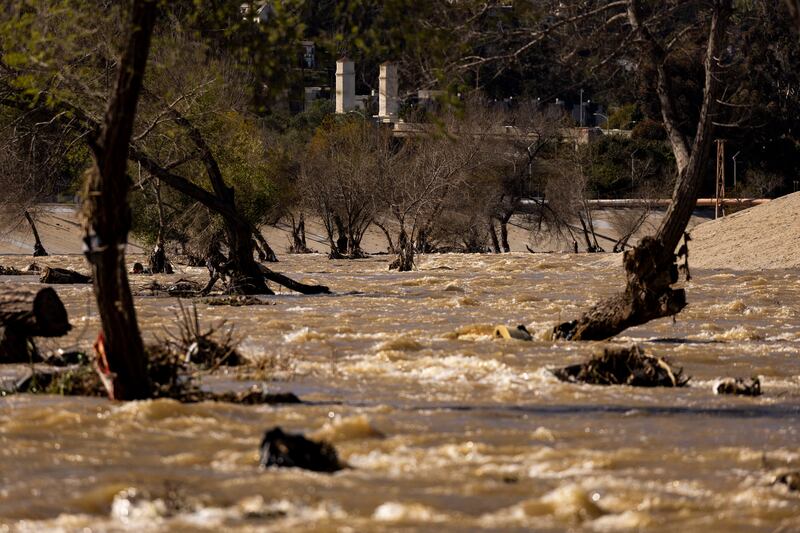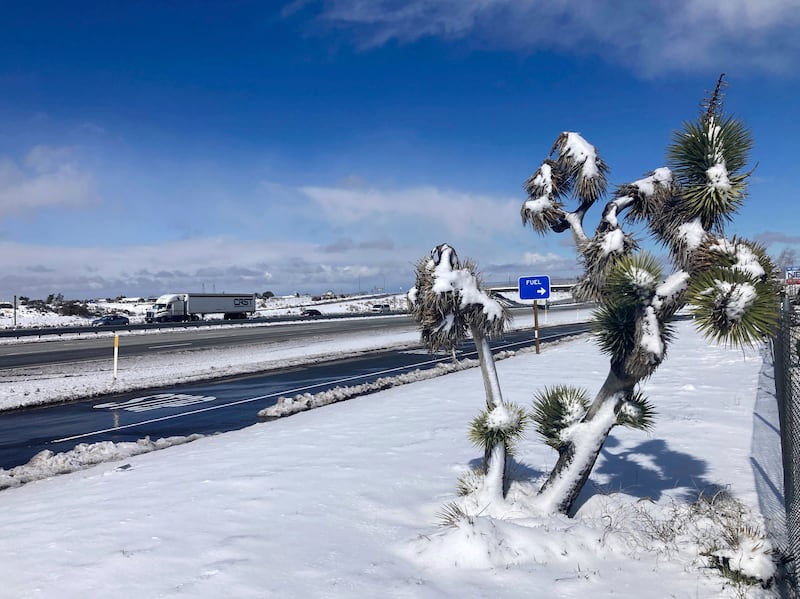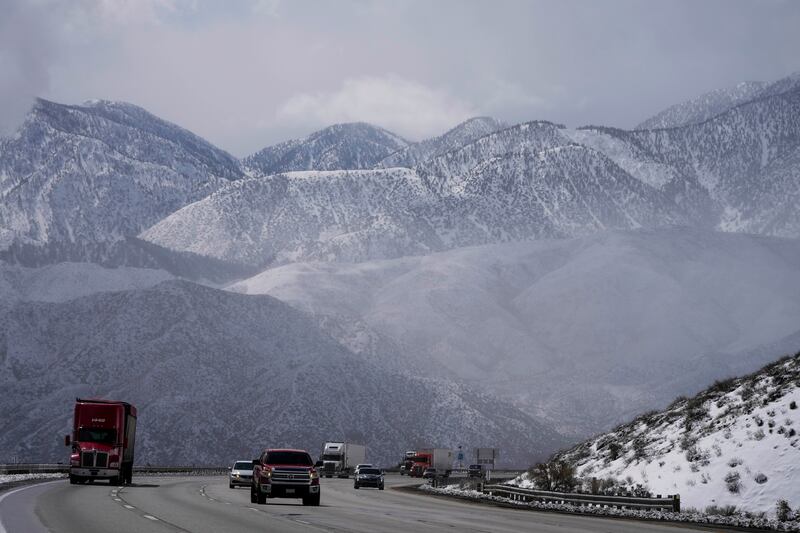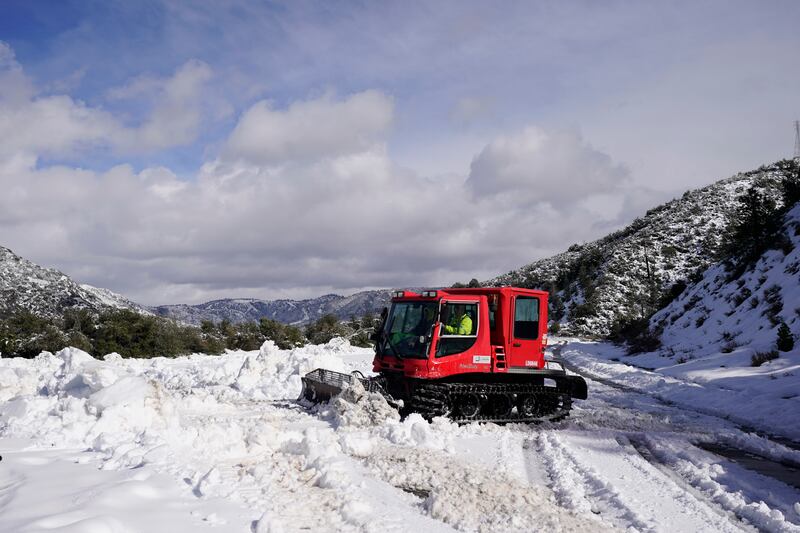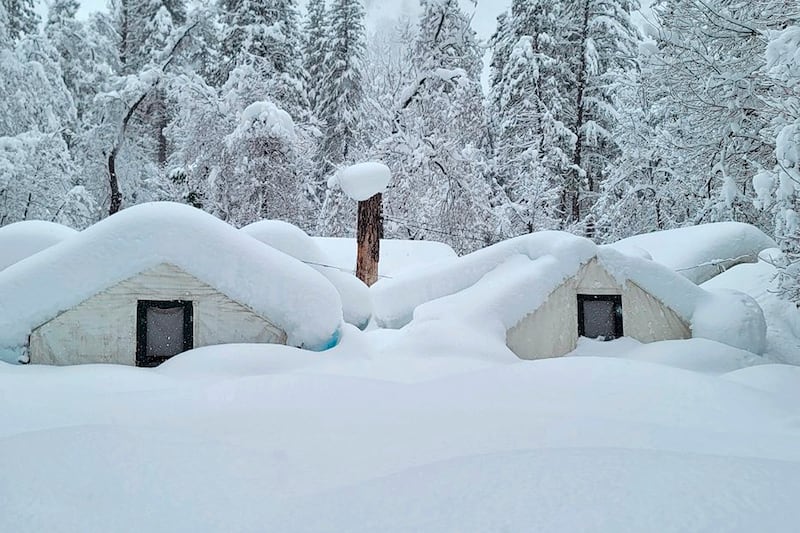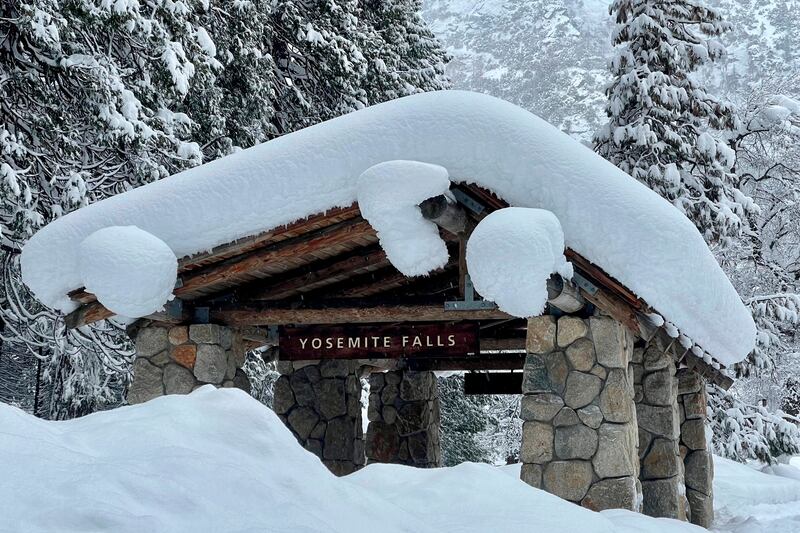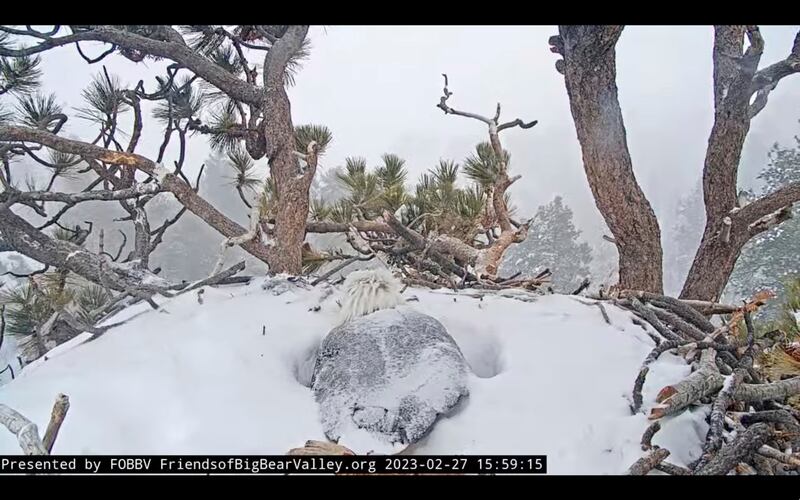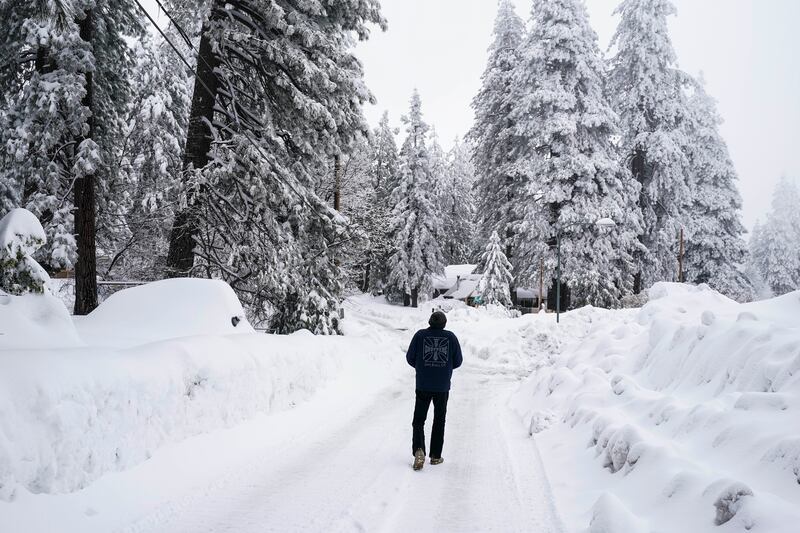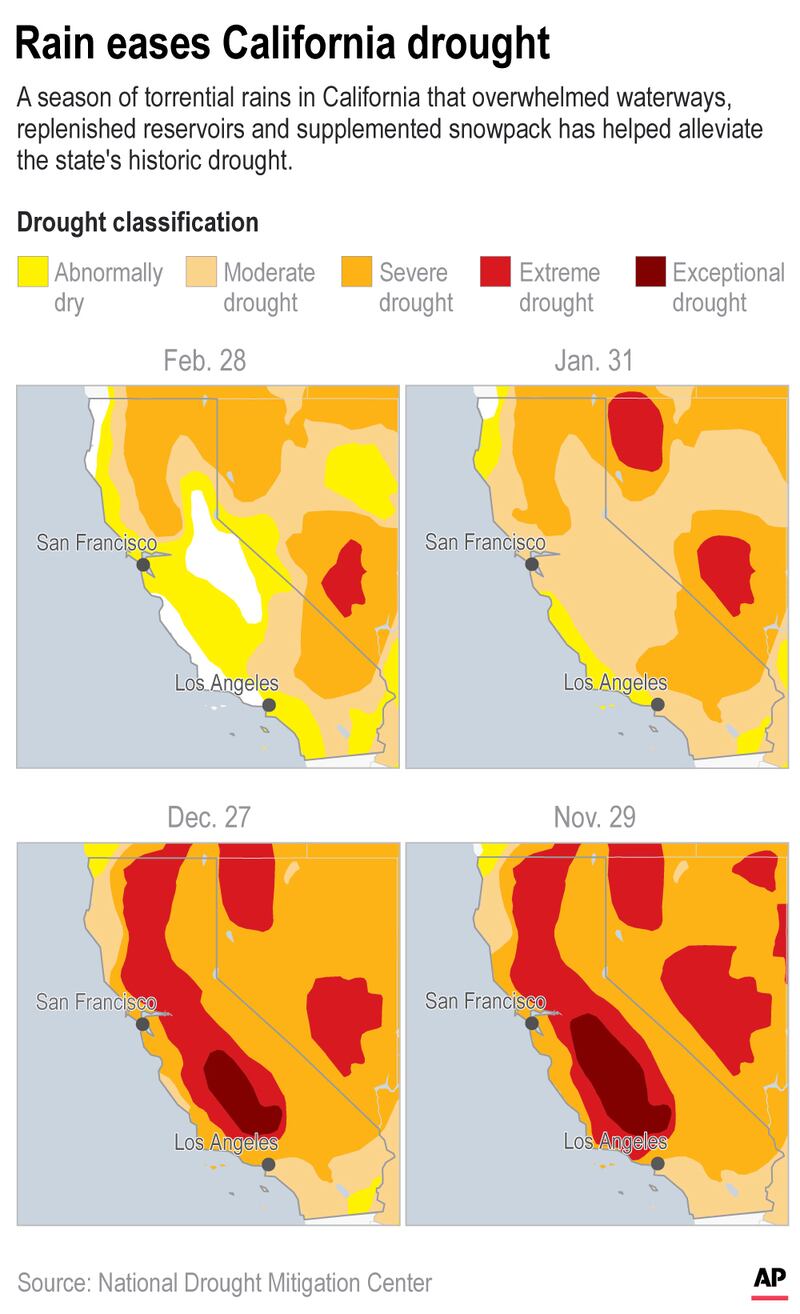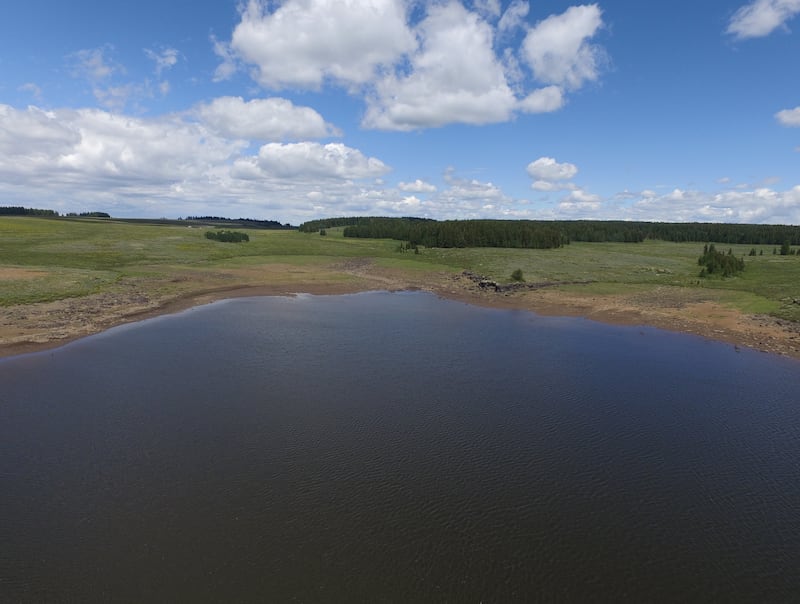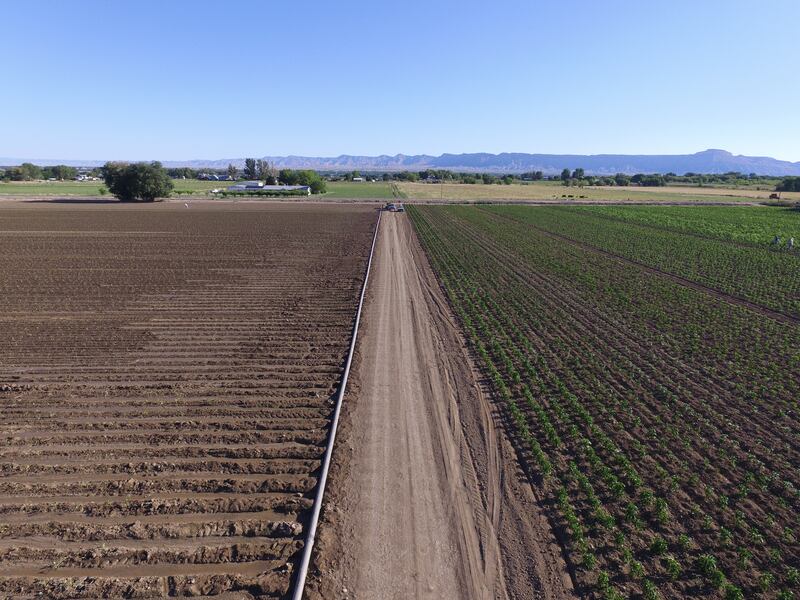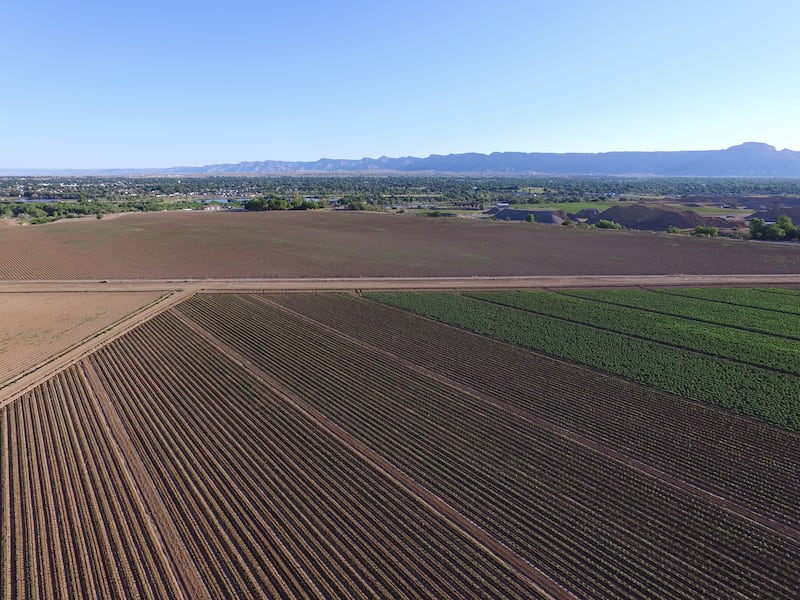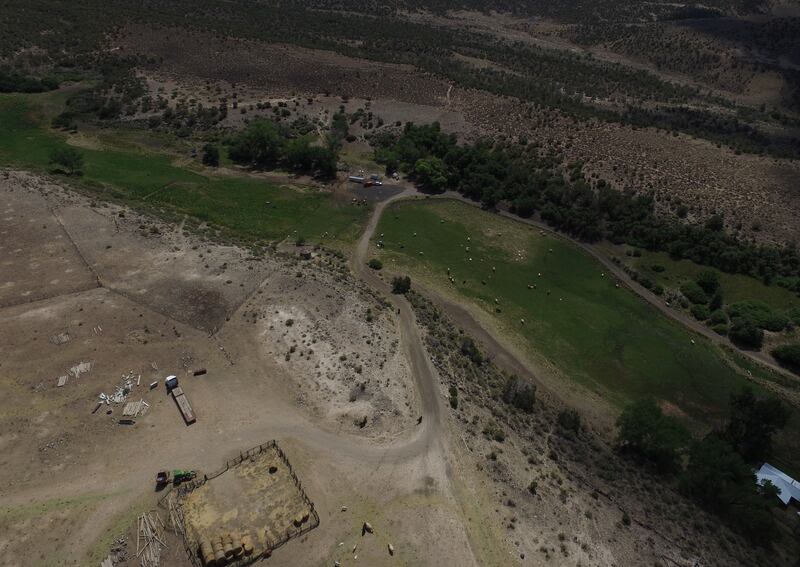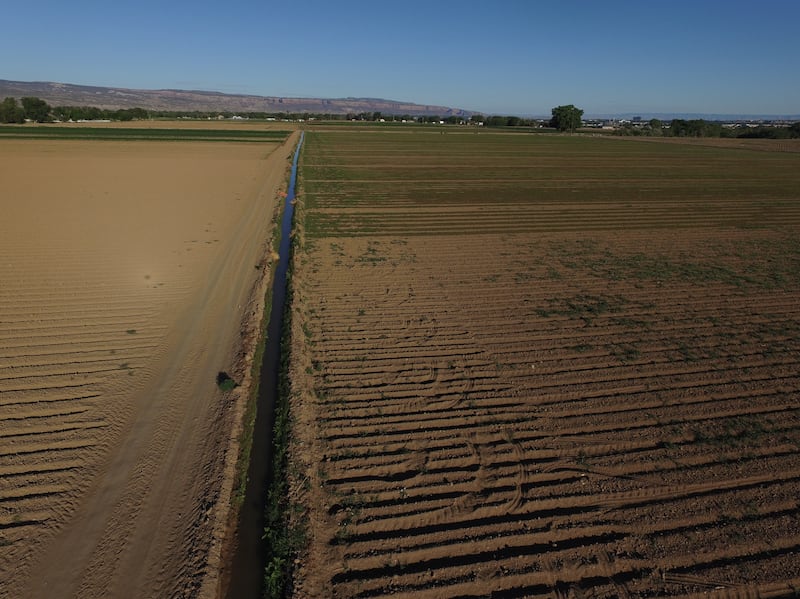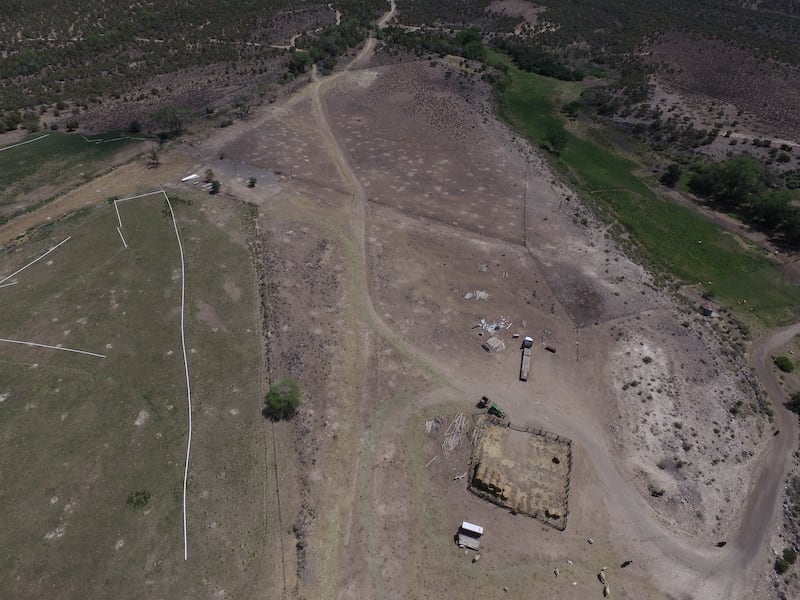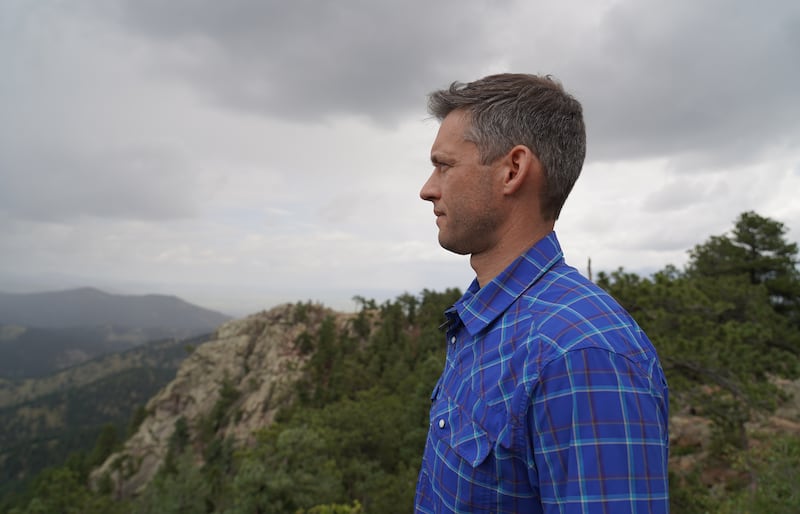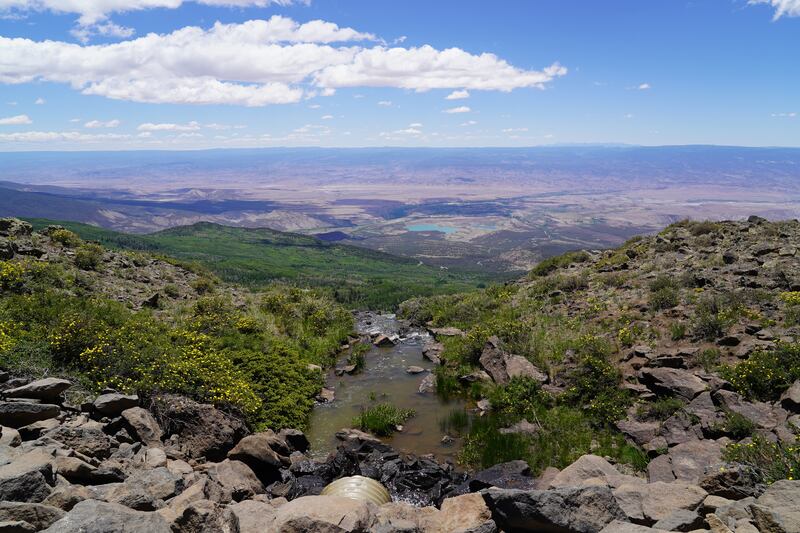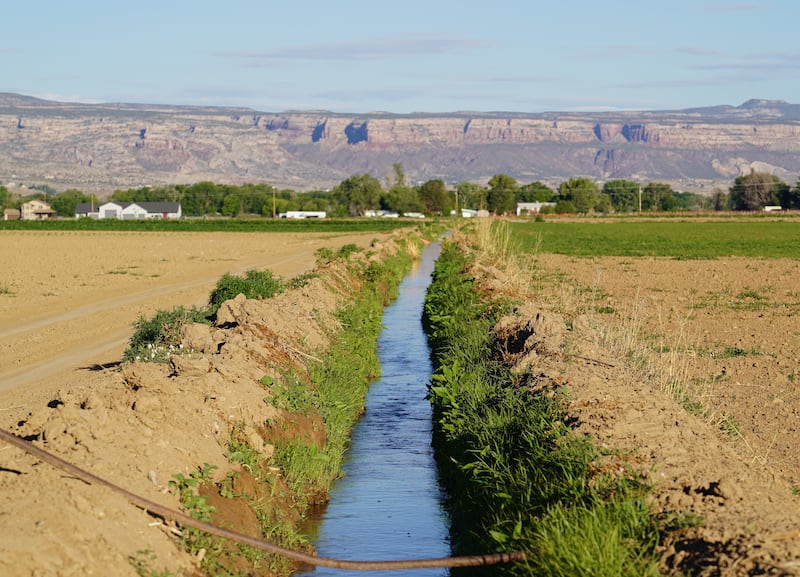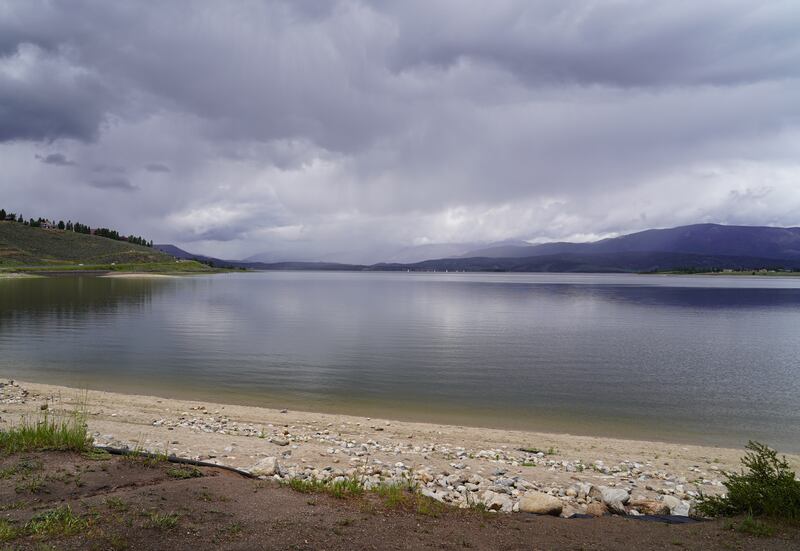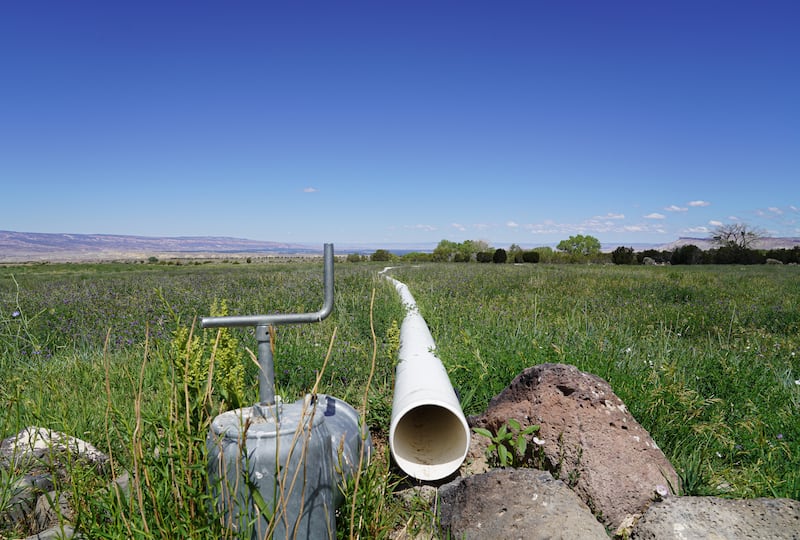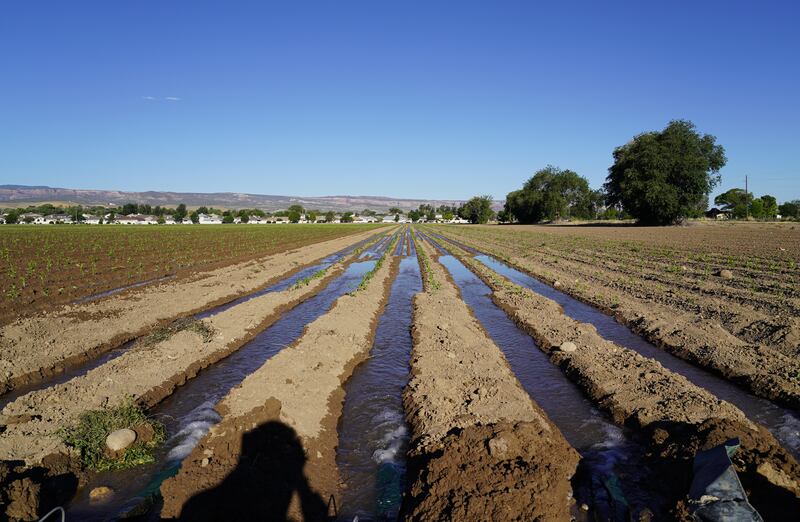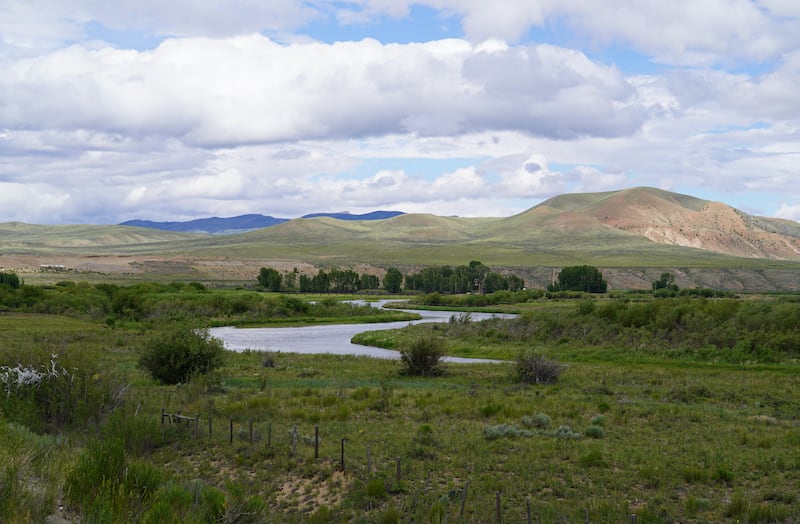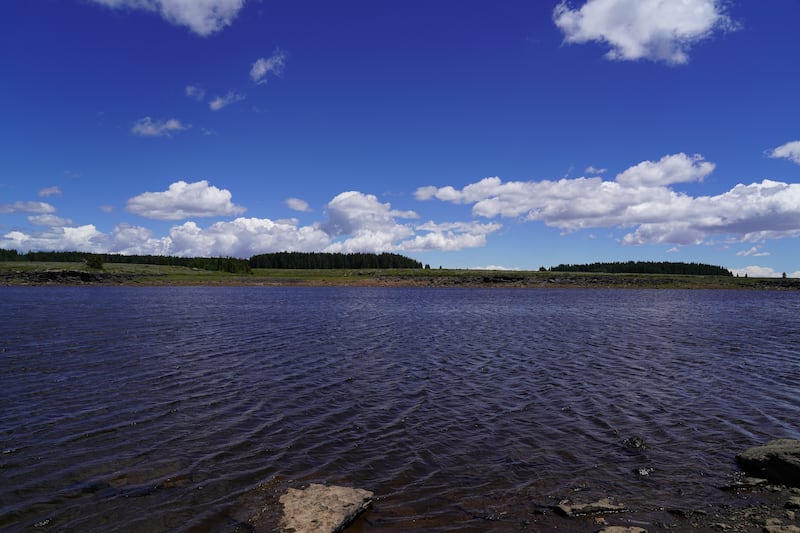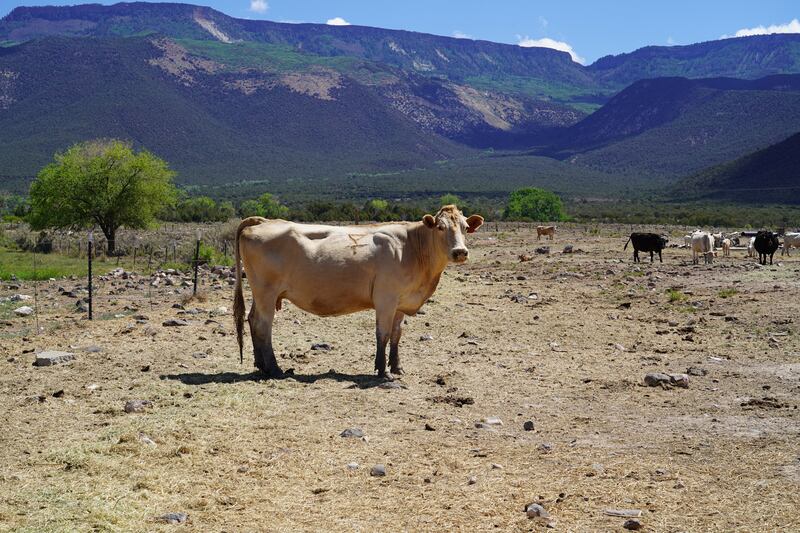From the street, it is difficult to see Theresa May Duggan’s picturesque home in Tahoe Vista, California.
Its black roof barely pokes out from underneath piles and piles of pillowy snow that has engulfed this part of northern California for months.
“It was epic to start [with] and that was in January,” said Ms Duggan, 72, a community organiser. “Then in February, it became biblical and now, honestly, it's almost apocalyptic.”
She has lived in Tahoe Vista since 1977 and has never seen a winter like this year. The snow easily reaches her second floor and she has had to shovel out her ground-floor windows to avoid feeling buried.
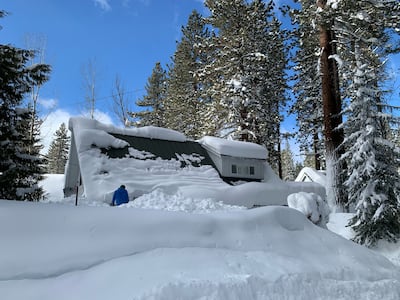
“If you can't see out your windows, it's bad,” Ms Duggan told The National. “It is really claustrophobic and that's where cabin fever can get you.”
For Kristopher Taylor, 30, an avid snowboarder, this winter has been a dream, but there is so much snow on his condo building in Truckee, California, that he is worried it may not be able to withstand much more.
“Things look like they're about to break,” he told The National.
California has been hit by a deluge of rain and snow in the past few months.
Since December, the state has been hit by 14 cloud bands, phenomena where a plume of condensed water vapour that can stretch thousands of kilometres drops a significant amount of rain in a short period.
The inclement weather has wreaked havoc on the state’s infrastructure, flooding roads, breaking levees and plunging thousands into darkness as electricity has been cut in many places.
The mountains, which have long been starved of moisture, have received record snowfalls.
The snowpack in the Sierra Nevada Mountain range, which cuts diagonally down much of inner California, is up more than 220 per cent of normal.
The University of California, Berkeley's Central Sierra Snow Lab, which has been measuring snowfall in the Sierra Nevada since 1946, has recorded 17.2 metres, the second-highest on record.
The precipitation has come at a much-needed time in the state’s history as much of the West Coast is dealing with a years-long drought.
“I would say that from most perspectives, this most recent drought is now over,” said Jay Lund, a professor of civil and environmental engineering at the University of California, Davis, whose work mainly focuses on water resources.
“But there are still some legacies from that drought. We still have lower groundwater levels in some parts of the state.”
The earth has been parched for so long, that even a record year of rain is not enough to get California out of trouble for long.
“We've been overdrafting some parts of California's aquifer systems for probably 50 years or more,” Prof Lund told The National.
“This year's wetness is good but it's certainly not going to solve that problem by itself.”
And while this winter has gone a long way in helping many parts of California, the nearby Colorado River, which provides water for 40 million people including six other western states, remains in a decades-long drought.
Lake Powell and Lake Mead, the country’s two largest reservoirs, fed by the Colorado River, are also at record low levels.
“We're in the 23rd year of drought and the reservoirs have gone from almost completely full to almost 75 per cent empty,” said Robert Glennon, a professor emeritus at the University of Arizona, who wrote Unquenchable: America's Water Crisis and What to do about it.
Mr Glennon believes Americans need to alter their perception and consumption of water if the country is to avoid a “train wreck".
“We Americans are spoiled,” he told The National. “We wake up in the morning and turn on a tap and out comes as much water as we want for less than we pay for cellphone service or for cable television.”
He said that has to change, and even a good year will not make up for decades of bad ones.
A river runs dry: drought on the Colorado
